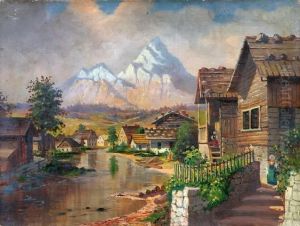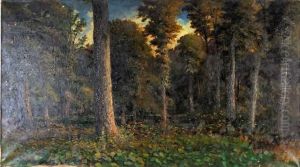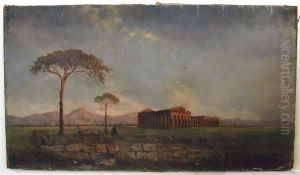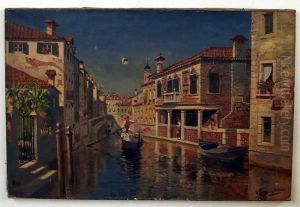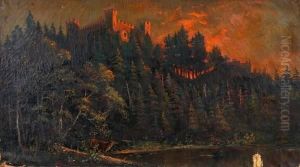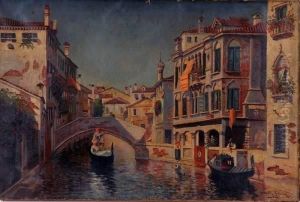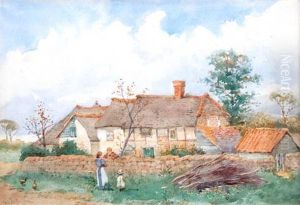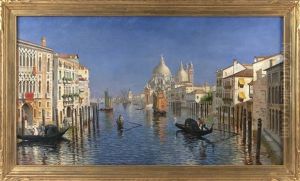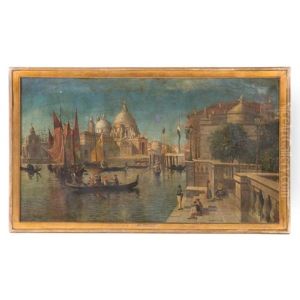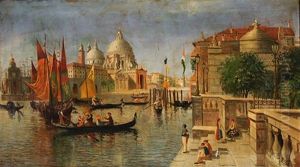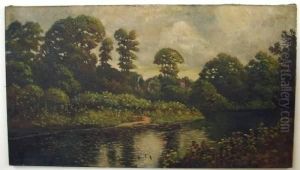William Livingstone Anderson Paintings
William Livingstone Anderson was a relatively less-known artist, and as such, there is limited information readily available about his life and works. Born in 1882, Anderson's life spanned a period of significant artistic change, including movements such as Impressionism, Post-Impressionism, and the early stages of Modernism.
Anderson's artistic style and contributions might not be as well documented as those of his more famous contemporaries, but it is known that he was active during the late 19th and early 20th centuries, a time when art was experiencing rapid changes both in Europe and America. The lack of widespread recognition may be due to various factors including the possible overshadowing by more prominent artists of the time, limited distribution of his work, or the potential that he might have been an amateur or local artist whose work did not reach the international stage.
The early 20th century was a vibrant time for the arts, with artists exploring new techniques and forms of expression. If Anderson was a professional artist, his works might have been influenced by the prevailing styles of the time, such as Fauvism, Expressionism or the beginnings of Cubism. However, without concrete examples of his work or more detailed biographical information, it is difficult to place him within the broader context of the art historical narrative.
William Livingstone Anderson passed away in 1925, at the age of 43. The cause of his death, his place of demise, and the impact of his work on the art world during his lifetime are not widely known. It is possible that private collections or local historical societies may hold more details about Anderson's life and works. Art historians and researchers often rely on archives, exhibition catalogs, and primary documents to piece together the lives of less-documented artists like him. Without such resources, our understanding of Anderson's artistic legacy remains limited.
